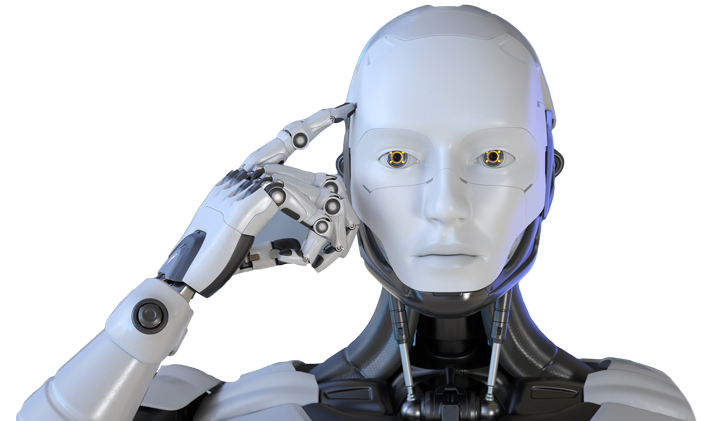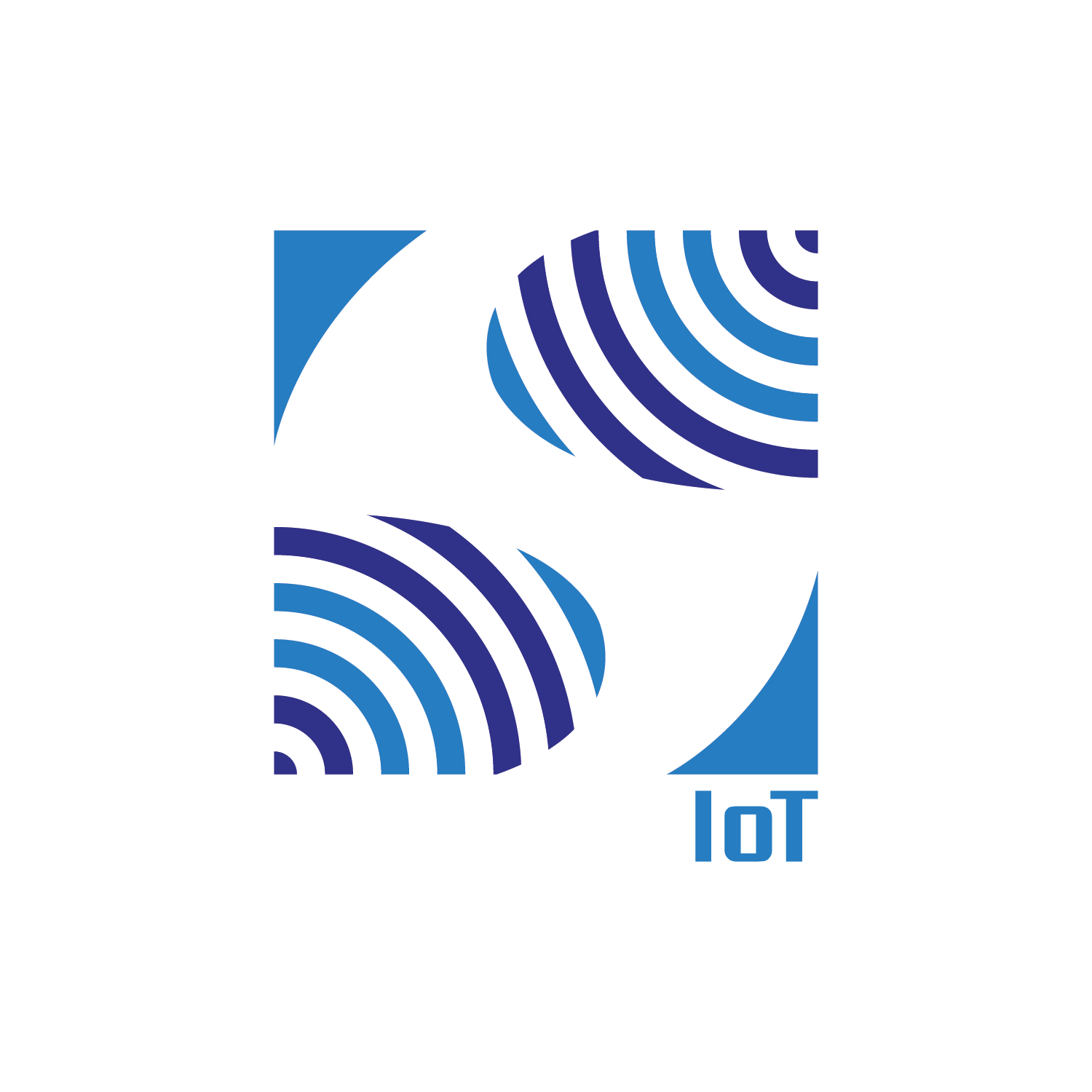Take a Look at Our Completed Projects

Sense Atmos
It is designed to monitor and measure environmental conditions such as temperature, humidity, air pressure, gas levels. These devices provide real-time data to track air quality, detect hazardous gases, and support weather forecasting, industrial safety, and environmental research. By continuously analyzing atmospheric conditions, it helps improve safety, health, and operational efficiency in various applications.

Sense Energy
Energy meter works by measuring the electrical energy consumed by a system or device over time. It monitors parameters such as voltage, current, frequency, and power factor using built-in sensors or current transformers. The meter processes these signals to calculate active, reactive, and apparent energy, which can be displayed on a digital screen or transmitted via communication protocols like Modbus for remote monitoring.

Sense Wind
This device is used to measure wind speed and, in some cases, wind direction. It has applications in weather monitoring, wind energy, industrial ventilation, and environmental research. As a digital device, it supports data logging and can integrate with IoT systems for real-time monitoring, making it an essential tool for both scientific and industrial applications. Its high accuracy and reliability ensure precise measurements in various environmental conditions.
Trusted By Big Companies




Find Your Question Here
"Sense Energy", "Sense Wind", and "Sense Atmos" play a crucial role in industry by enhancing efficiency, safety, and decision-making. "Sense energy" monitor power consumption, helping industries optimize energy usage, reduce costs, and support predictive maintenance. "Sense Wind" provide real-time wind speed and direction data, which is vital for sectors like renewable energy, construction, and logistics to ensure operational safety and efficiency. "Sense Atmos" track environmental conditions such as temperature, humidity, and rainfall, allowing industries to plan operations, protect equipment, and maintain safe working conditions. Together, these devices enable smarter, data-driven industrial management.
Energy meters, wind sensors, and weather stations ensure workplace safety by continuously monitoring critical conditions. "Sense Energy" detect electrical overloads or faults, preventing fire hazards and equipment damage. "Wind Sense" alert workers to strong or dangerous wind conditions, particularly in construction, renewable energy, or outdoor operations. "Sense Atmos" provide real-time data on temperature, humidity, and storms, helping industries plan work schedules and protect personnel and equipment. Together, these devices enable proactive safety measures, reducing accidents and maintaining a secure working environment.
Devices like "Sense energy" , "Sense wind" , and "Sense Atmos" impact the job market by shifting demand toward technology-driven roles. While some manual monitoring jobs may decrease due to automation, new opportunities emerge in sensor installation, maintenance, data analysis, IoT integration, and system management. These technologies also create roles in safety compliance, energy optimization, and environmental monitoring. Overall, they drive a transition toward skilled, tech-oriented jobs, emphasizing analytical, technical, and decision-making expertise in the workforce.
The future of these devices are moving toward smarter, more connected, and autonomous systems. With advancements in IoT, AI, and cloud computing, these devices will provide real-time analytics, predictive insights, and remote monitoring capabilities. They will play a key role in optimizing energy use, improving workplace safety, and supporting sustainable industrial practices. As industries adopt more data-driven operations, these devices will become essential for efficient, safe, and environmentally responsible management



